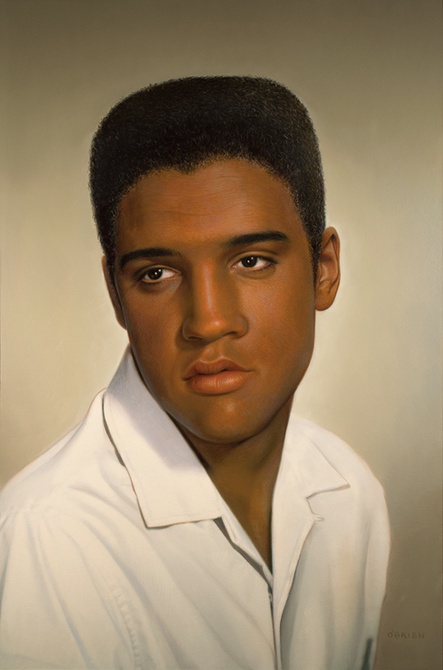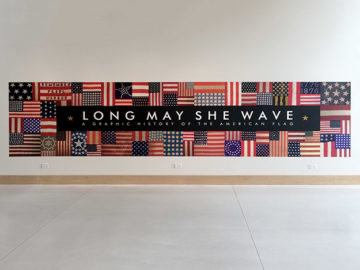The prolific illustrator brings new meaning to America’s favorite images
Tim O’Brien’s work is familiar. His illustrations have graced the covers of various books, popular magazines, and U.S. postage stamps. But beyond his prolific career, O’Brien’s work is familiar because he often depicts recognizable images and faces in an altered state. Take for example his illustration, “Ivanka” (BELOW, LEFT). By combining the famous 1942 “We Can Do It” poster by J. Howard Miller (otherwise known as “Rosie the Riveter”) with the likeness of Ivanka Trump, we can infer that the artist is contrasting Ivanka’s silver-spoon upbringing with women who have courageously pulled up their bootstraps to make a better life for their families.
Similarly, O’Brien’s “Black Elvis” (BELOW, RIGHT) reminds us that African American music strongly influenced Elvis and led to the creation of rock and roll in the early 1950’s. Without his exposure to blues and gospel, coupled with his work with legendary producer Sam Phillips (who produced B.B. King and James Cotton), Elvis’ “groundbreaking” sound wouldn’t exist. O’Brien’s illustration is capable of igniting a debate about appropriation vs. inspiration, all with a single image.








I remember Tim’s grandfather, Mr. Malo, in Taftville, Conn. He repaired my shoes more than once in the 1940’s-50’s. He would be very proud of his grandson.
Hello Hector. Thanks for your comment and recollection. Both of my grandfathers were men that worked with their hands. I have many of his old shoe repair tools on my mantel.